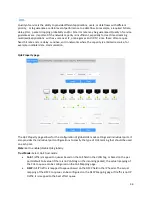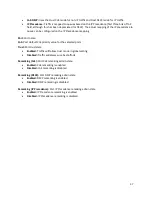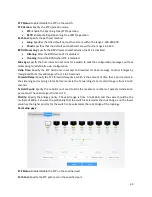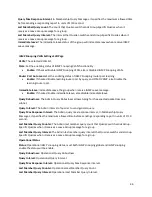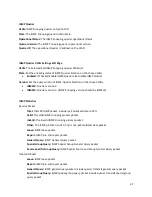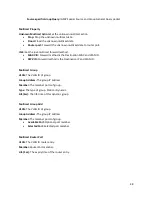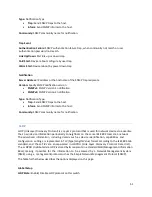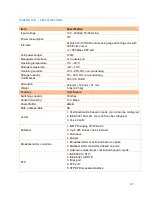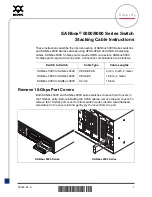
42
RSTP (Rapid Spanning Tree Protocol) provides significantly faster spanning tree convergence after a
topology changes, introducing new convergence behaviors and bridge port roles to do this. RSTP is
designed to be backwards-compatible with standard STP. RSTP is typically able to respond to changes
within one second while STP can take 30 to 50 seconds to respond to a topology change. RSTP delivers
fast transition to forwarding status without relying on timer settings. A RSTP bridge is responsive to
other RSTP bridge's link status. The port does not need to wait for the topology to become stable.
Edge port and P2P port are introduced to the protocol for faster transition. The explanation of an
Edge port and a P2P port is shown below:
Edge port
: The edge port is a configurable designation port that is directly connected to a segment
where a loop cannot be created. Usually it would be a port connected directly to a single workstation.
Ports that are designated as edge ports transition to a forwarding state immediately without going
through the listening and learning states. An edge port loses its status if it receives a BPDU packet,
immediately becoming a normal spanning tree port.
P2P port
: A P2P port is also capable of rapid transition. P2P ports may be used to connect to other
bridges. Under RSTP, all ports operating in full-duplex mode are considered to be P2P ports, unless
manually overridden through configuration. The three protocols are mutually compatible and no
conflicts or network collapses will be caused in spanning tree application.
STP Property Setup page









